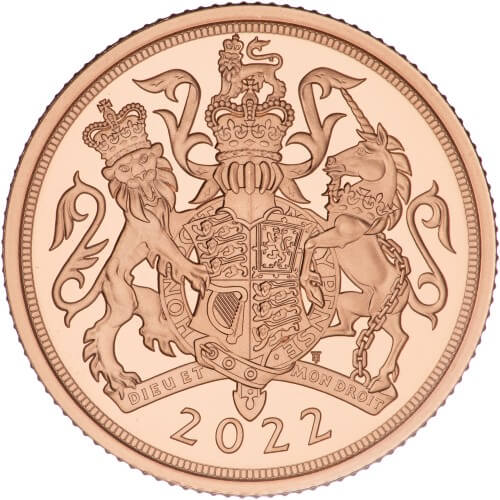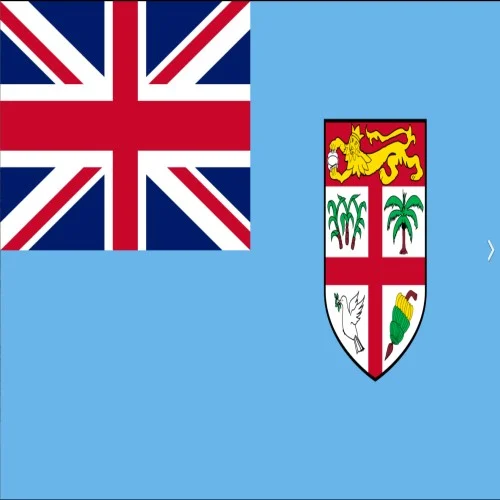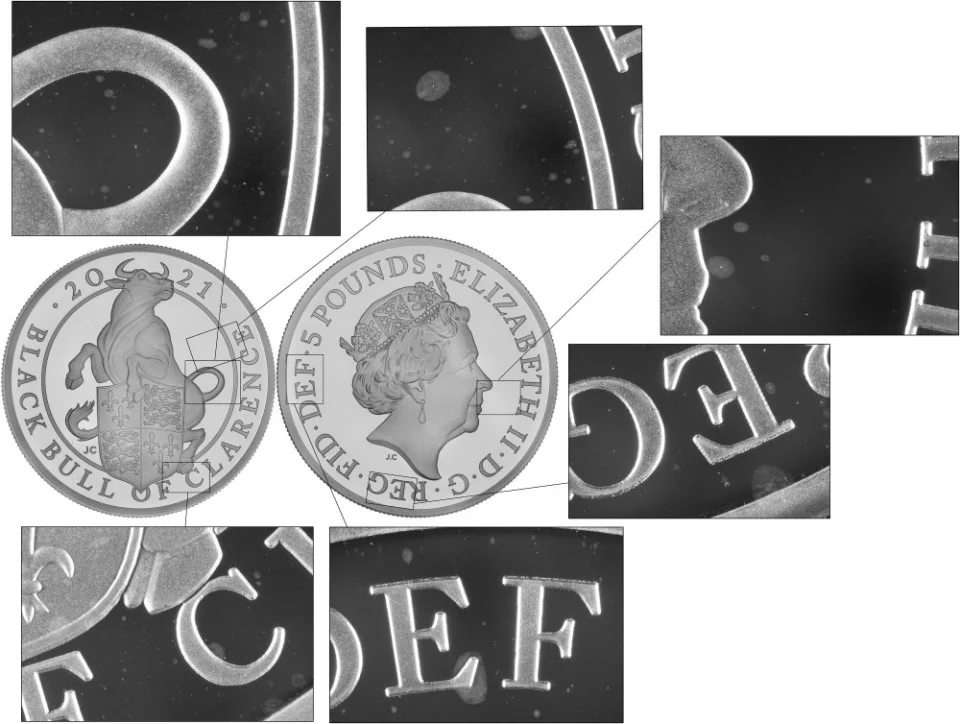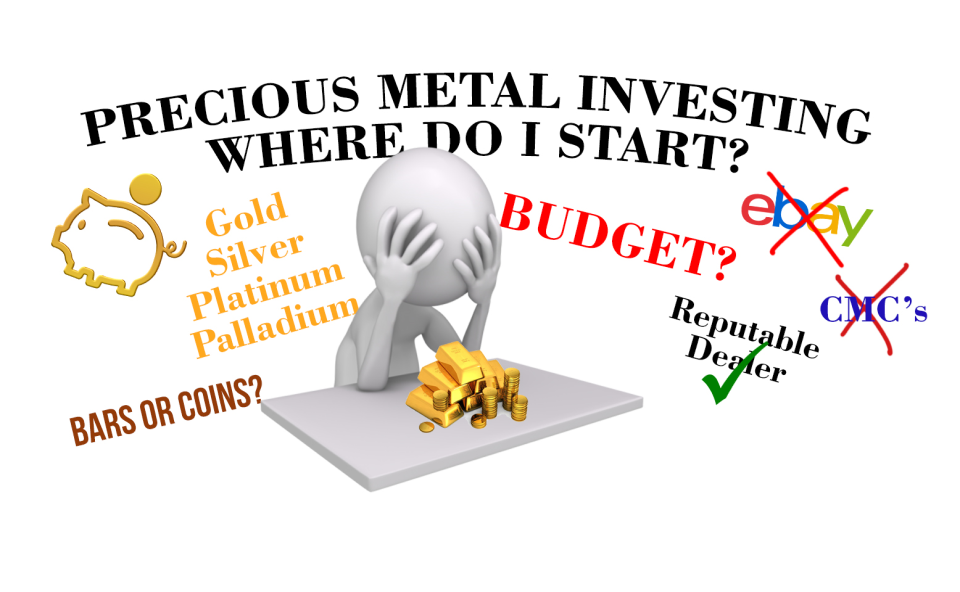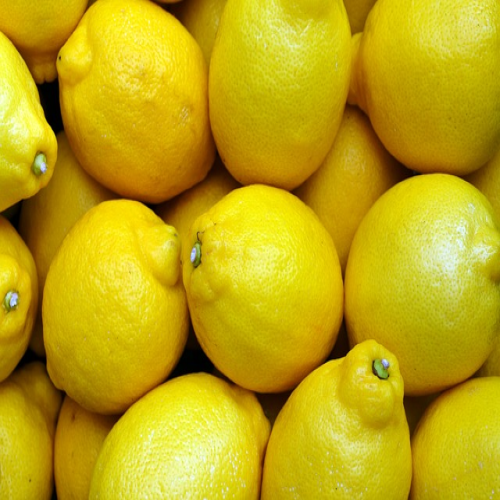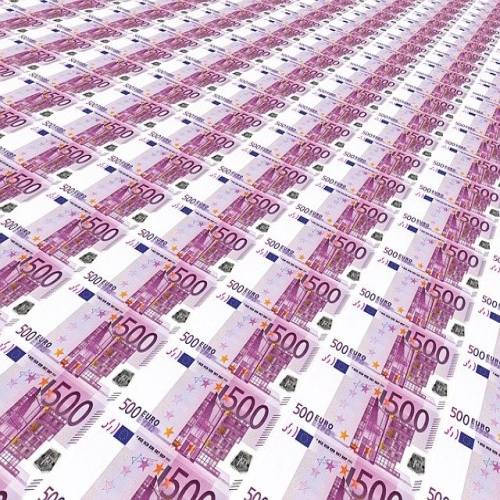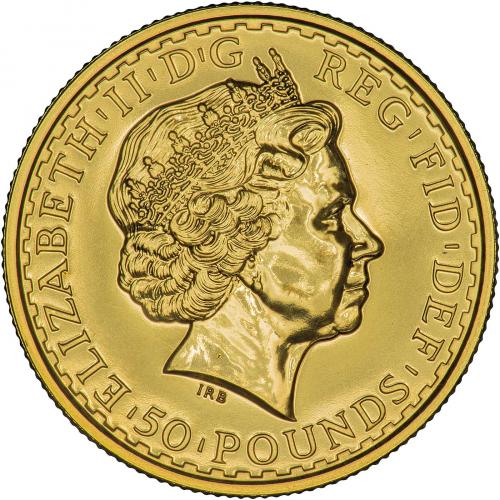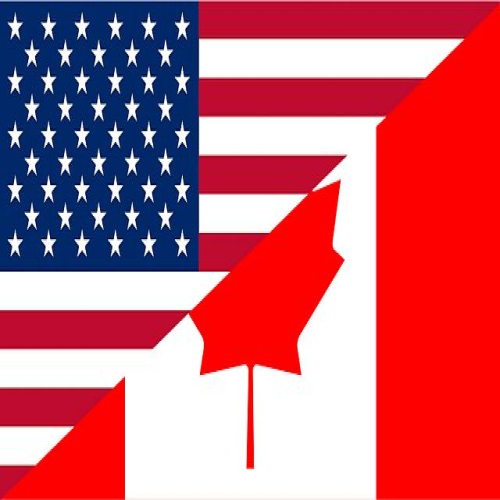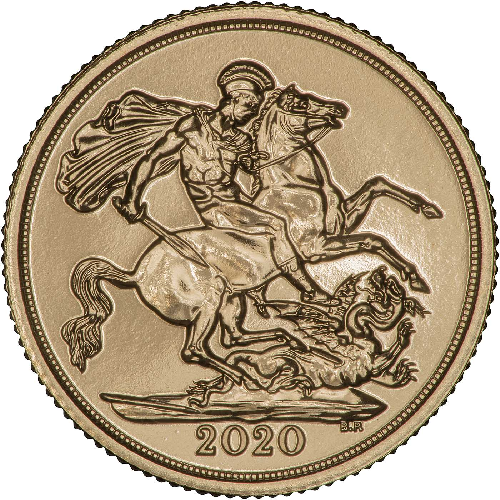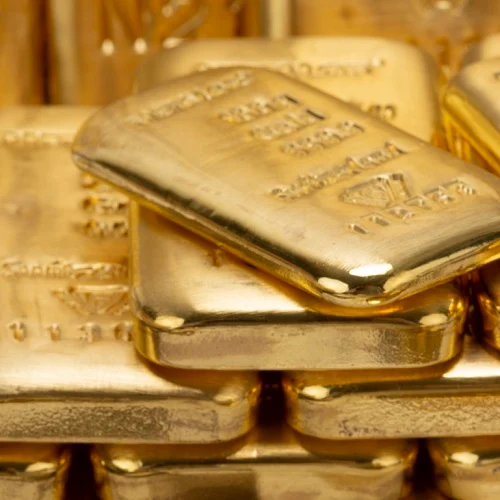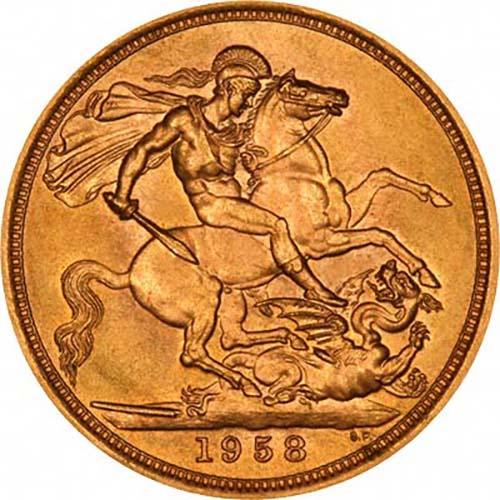What Is a Premium?
The Simplest Way to Compare Prices of Gold
On most of our gold bullion pages we give a table showing the 'premium' for various coins in different quantities. We believe this is often the quickest, easiest, and most meaningful way to compare the prices of different gold coins. Most of our competitors do not show the premiums on their website. This makes it hard for people to "shop around" for the best deal.
What Do We Mean by 'Premium'
A premium is simply the amount over and above the value of the intrinsic gold content, expressed as a percentage, so that if gold were £1,000 per ounce, a 3.25% premium on Krugerrands would mean a price of £1,032.50. It would also be possible to state this as a premium of £32.50, because a premium can be an actual amount as opposed to expressing it as a percentage, but in our experience, expressing premium as a percentage is the more useful method. To discover more, watch our How to Calculate Premiums on Gold Coins video.
A premium is the percentage over the intrinsic metal value of the gold that is charged by the dealer. For example:
The gold price is £1000 per troy ounce.
A one ounce coin is currently selling at £1025.
This means the premium over gold is 2.5% (1025/1000=1.025).
We try to make our prices easy for you, as all our final prices include the premium. You can see our premiums on our product pages. Why? So, you can compare easily and quickly.
Compare Prices or Compare premiums?
It is better to look at premiums rather than the price because gold and silver can be quite volatile. At a gold price of £1,000 per ounce, could you tell whether a sovereign was a better buy than a Krugerrand if the price of the sovereign was £259? It's quite difficult isn't it? What about a French 20 Franc priced at £200?
If you look at the percentage premium over the gold content, it is quite easy to compare, and this is why our pages contain references to 'premium'. To answer the questions we just posed, here is a table showing the answers, all calculated assuming a spot gold price of £1,000:-
| Coin | Fine Gold Content | Intrinsic Value | Price | Premium |
| Secondary Market Krugerrand | 1.00 | £1,845.72 | from £1,859.01 | from 0.72% |
| Our Choice Kilo Coin | 32.15 | £59,341.74 | £61,232.36 | 3.5% |
| 10g Gold Bar | 0.321507 | £593.40 | from £624.14 | from 5.5% |
| Newly Minted Sovereign | 0.2353544 | £434.48 | from £458.50 | from 5.85% |
| Bullion Sovereign | 0.2353544 | £434.48 | from £444.42 | from 2.5% |
| 20 Francs | 0.186681 | £344.60 | £395.08 | 15% |
Proof and Commemorative Coins Carry Higher Premiums - Usually...
For obvious reasons, specially produced proof and commemorative coins and sets tend to command higher premiums than mass produced bullion coins. When they are first released, for example, the mint's production costs are higher, and its selling prices need to be higher also. If the resulting coins are more desirable for whatever reason, then they will tend to retain a higher premium than bullion coins in the long term, even though their initial premium may decline.
...But Not Always......Proof Bargains
It does not always follow that proofs are always at a higher premium than bullion coins. Some proof and commemorative issues get "forgotten". Perhaps because they are over-marketed when new, they become overbought, and there can be times when there is a market glut of one or more special issues. These can sometimes for a brief period of time, be bought for little more than bullion coins. We sometimes find it difficult to understand why, but we think that this can be due to investor laziness or blindness. Somebody perhaps reads in an investment guide that Krugerrands are the best buy, which is reasonable general advice, and will then ignore hard facts and figures, and reject or ignore other gold coins which may be offered at a lower premium because they are afraid to rely on their on intelligence rather than received wisdom. In other cases, it may be that an investor is too lazy to make calculations about the intrinsic gold content of a sovereign or some other coin, and therefore sticks to "one ounce" bullion coins instead.
Our Advice....
We would always advise you to shop around prior to purchasing. As stated previously, the price of gold can be volatile. The easiest way to compare prices is to compare premiums - not the final price of a particular coin - because by the time you get a price from another bullion dealer, gold will more than likely have fluctuated, thus not giving you a true representation of what the cheaper option is, as we would always say buy the cheapest gold coin!
Look at the quantity breaks on products - the more you buy, the cheaper the coin!
Please also bear in mind postage can affect the final price you pay, do not be misled by "free" postage offer. Read more about this on our blog here
Further Reading
You may wish to view all of our articles on our gold guide
You may wish to view all of our articles on our silver guide
Related Blog Articles
This guide and its content is copyright of Chard (1964) Ltd - © Chard (1964) Ltd 2024. All rights reserved. Any redistribution or reproduction of part or all of the contents in any form is prohibited.
We are not financial advisers and we would always recommend that you consult with one prior to making any investment decision.
You can read more about copyright or our advice disclaimer on these links.




